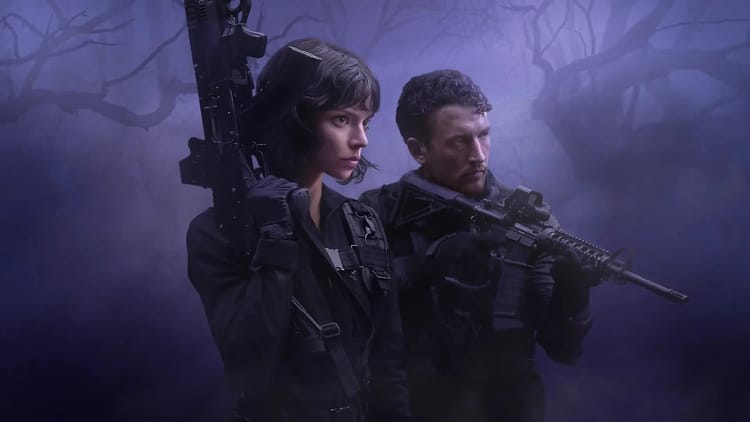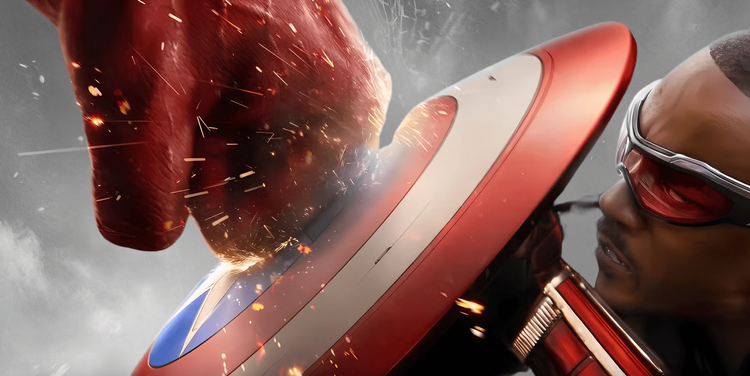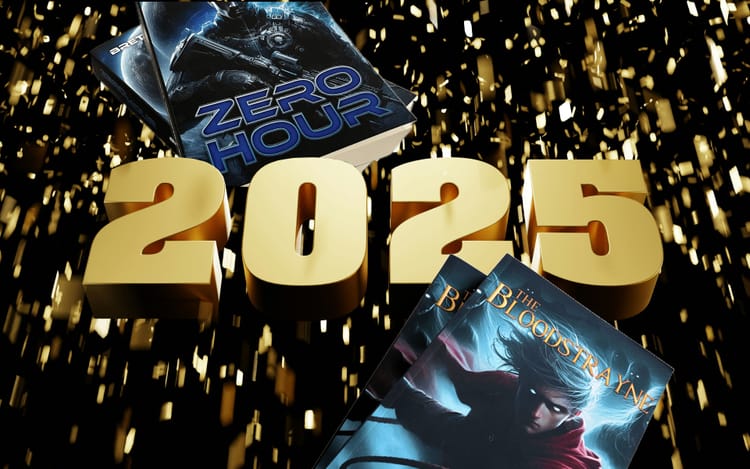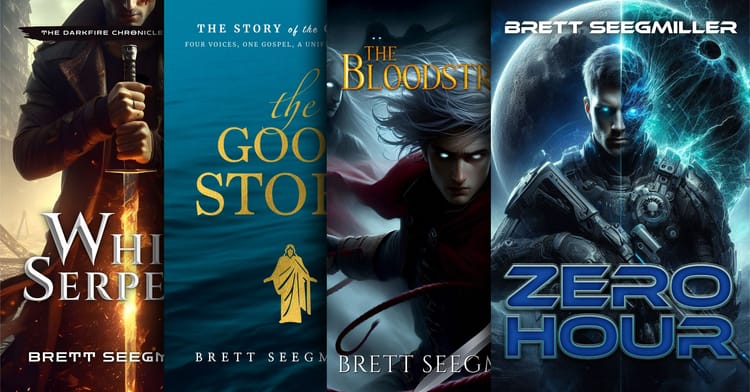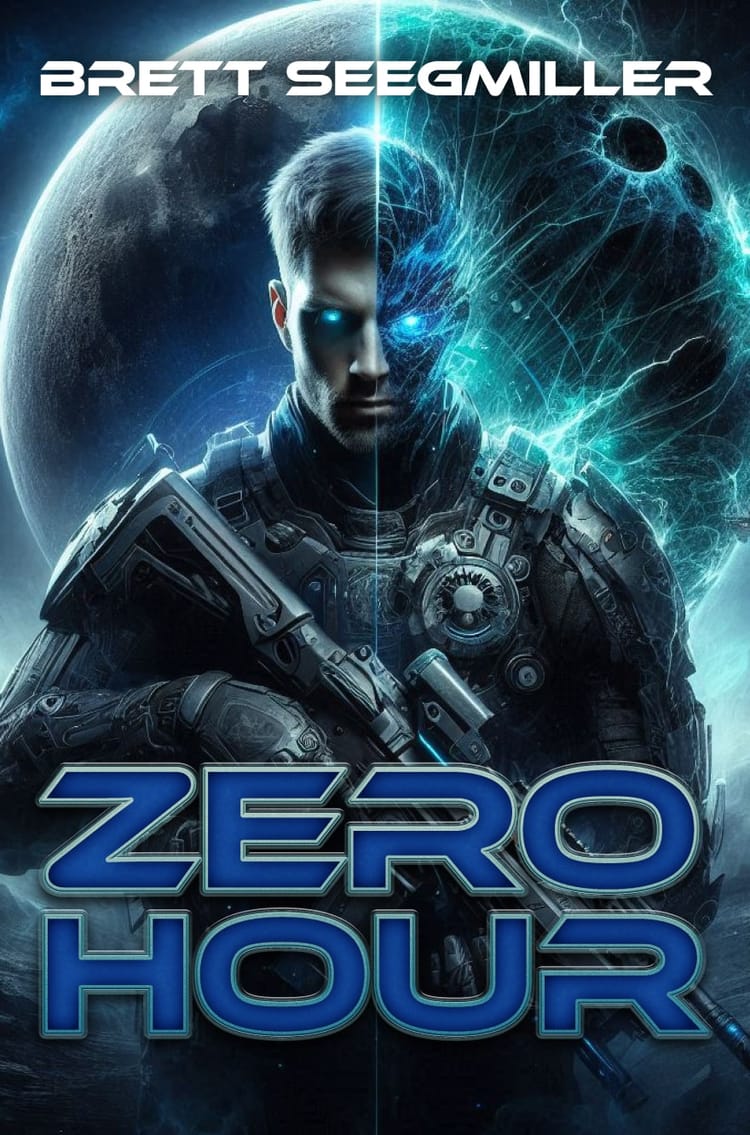How to Make Memorable Villains
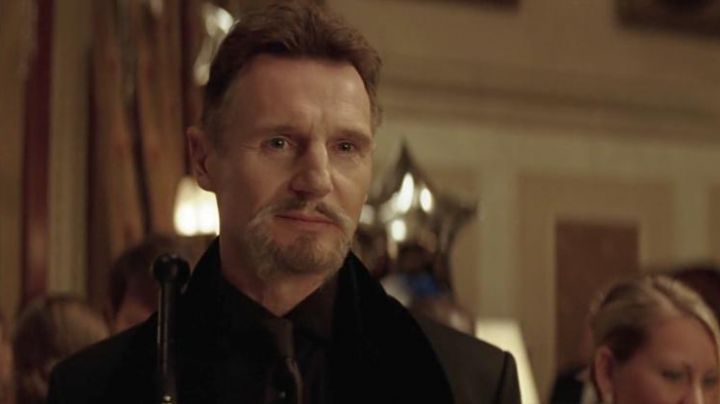
There is a common complaint levied against the Marvel Cinematic Universefilms which is that most of the villains featured in the Marvel films are one-note, boring and are given generic motivations. This concern has been slightly alleviated by Josh Brolin’s fantastic performance as Thanos in Infinity War, but the Marvel films will forever be remembered to some extent for their weak villains.
But why are Marvel’s bad guys so weak and one-dimensional? Is it merely because their end goal usually revolves around destroying earth or some other planet, like Ronan the Accuser in Guardians of the Galaxy, or is there more to it than that?
The destruction of a planet, city, or group of people is common in almost any villain, and yet, we praise some villains and shrug off others, even though in many cases their end goals are nearly identical.
So what precisely defines an effective villain?
The bad villains don’t fail because of their lofty goals in most cases, rather, they fail to be engaging because they traditionally fail to develop effective relationships.
One of the most obvious and common relationships that is critical to a villain’s success is his or her link with the hero. The hero/villain dynamic is complementary by nature, and as such, it’s difficult to have one without the other and make it compelling or interesting.

That is why so many villains are so heavily tied up in the hero’s origin story, because that kind of introduction creates instant drama and suspense, with varying degrees of success.
Loki was interesting and enjoyable, mostly due to Tom Hiddleston’s memorable performances, but also in part because of Loki’s relationship with his brother, Thor, and father, Odin. Without this family dynamic to anchor Loki, the God of Mischief would have been just as bland and forgettable as the rest.
But let’s take this idea one step further. The relationship between the hero and the villain is crucial, yes, but not every villain is created equally. Within the broad spectrum of villains, there is a vast amount of categories that a villain can fall into with various philosophies and ideologies guiding their actions and motivations. This creates instant conflict between the villains, with each one having their very own relationships with one another that makes them distinct and relatable.
Ra’s al Ghul was memorable because of his relationship with Bruce Wayne, but it was just as interesting to see the hiearchy that the various villains in Batman Begins found themselves in.
Dr. Crane, played wonderfully — and in an underrated performance by Cillian Murphy — thought Ra’s’ plan was to hold the city for ransom, so obviously a large part of his motivation boiled down to money, while also getting the satisfaction of seeing Gotham tear itself apart through fear, while Ra’s had more lofty, ideological goals.

You get another conflict when you see Crane interact with Falcone who are both trying to out-smart each other with Crane ultimately coming out on top.
These relationships between the villains give them a sense of depth and belonging in the stories they find themselves in, even outside of their connection to the hero.
Heath Ledger’s Joker in Dark Knight was memorable because of his intense polarization to Batman’s ethos, but he was simultaneously fascinating because of his antithesis to the other villains in Gotham city. The Joker and the other crime bosses are all villains yes, but in radically different ways.
While the other crime bosses are leaders or organized crime, the Joker established himself as an anarchist terrorist. As he altered the status quo, the crime bosses realized too late that if the Joker got his way, they wouldn’t have a slice of the pie to fight over in the end.
Do you think it’s a coincidence that The Princess Bride is one of the most quoted movies ever made? Each character was written to be fully distinct, and that led to hilarious confrontations and character interactions that can be appreciated time and time again.

One of my favorite examples of this happens to be in a movie that isn’t very good, yet succeeded in creating interesting bad guys extremely quickly. G.I. Joe: Retaliation — flaws notwithstanding — had one of the most interesting groups of villains I’ve ever run across.
Not only were the bad guys hilarious and witty in their quips, but their relationships made you question their past histories with one another. Some of them liked each other while others hated each other which created interesting relationship triangles between the various factions inside of Cobra.
We get a glimpse of this when — after rescuing Cobra Commander — Zartan approaches Cobra Commander and Firelfly in one of their underground bases and says, “Cool mask!” He is of course directing his derision at Cobra Commander.
Cobra Commander responds with, “Someone took his time.”
Zartan — who seems particularly at ease — nonchalantly says, “Not easy to sneak out of that big, white, 11-bedroom, 35-and-a-half bathr — ”
“Just don’t forget who put you there,” Cobra Commander says, cutting Zartan off.
Firefly decides to interject with his own little barb and says, “Or the rock you crawled out from.”
“Firefly,” Zartan says with a slight smile and raised eyebrow, “it’s good to see we’re not running low on crazy. Still have all ten fingers?”
Firefly wiggles his fingers in response before giving Zartan the bird.

As I said, Retaliation wasn’t a particularly good movie — though the ninja-cliff scene nearly makes up for any flaws it may have — but it did manage to get a few things right, namely the villain dynamics.
The same principle applies to heroes as well. The first Avengers movie succeeded so well because of the conflict Joss Whedon was able to imbed into the character relationships, and which he failed to replicate successfully in Age of Ultron and Justice League.
What this boils down to is that relationships are important. Just hinting at past histories between characters, especially villianous ones, makes them all the more memorable, and that’s the thing that gets film viewers to return time and time again.
